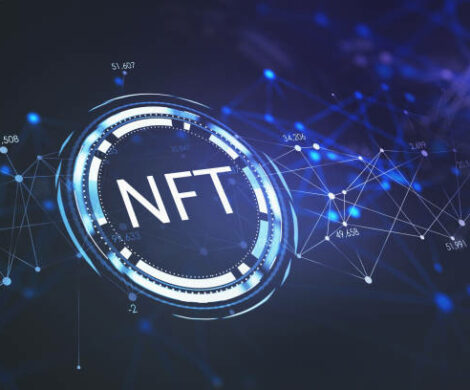Financial Tech: Understanding Cash App

Peer-to-peer or P2P payment apps such as Cash App have emerged as the go-to payment method for many consumers as financial technology develops.
Individuals can use the Cash App on their mobile devices to instantly send and receive money to others. Along with mobile banking, Cash App’s system enables users to buy stock and Bitcoin. Through its Cash App Taxes feature, the corporation has already made it easier to file your taxes.
This post will explain the Cash app, how it works, and its security. Moreover, we will share how to borrow money from Cash App.
What is Cash App?
Cash App is a peer-to-peer payment app that enables individuals to send, receive, and invest money immediately. Block Incorporated, formerly Square Incorporated, introduced the application in 2013 to compete with digital payment applications like Paypal and Venmo. Cash is originally called Square Cash.
The Cash App is not a bank but instead a financial platform. It offers financial services and debit cards through its bank affiliates. The Federal Deposit Insurance Corporation insures your account balance through partner banks. Cash App Investing LLC, a broker-dealer, enrolled with the Securities and Exchange Commission and a member of the Financial Industry Regulatory Authority, offers investing services.
Users of the Cash App can transfer and receive money, acquire a debit card, and arrange direct deposits. Users can purchase stocks for as low as one dollar using the investing feature. This is accomplished by purchasing partial shares of stock. Customers can also use the application to sell, buy, or transfer Bitcoin.
Cash App taxes allow users to compile their taxes for free. With this offering, Cash App is instantly becoming the next one-stop shop for financial services.
How does it work?
To use the cash app, first install the mobile application, which is open for both iOS and Android. You can also create an account online. The application includes a few pages for its different services, such as banking, debit card, payments, investing, and Bitcoin.
- Sending and Receiving Money – After creating an account, you will connect a current bank account to the Cash App account. After connecting to a payment source, you can use the smartphone application to send or receive money. Users can create a payment by entering an amount from the payment tab and pressing “request” or “pay.”
Each Cash app user generates a unique username known as a Cashtag. You can also look up people by their name, mobile number, or email. You can send money from your cash app balance or a connected funding source.
- Money Transfer – When you receive payments, the money is stored in the cash app balance. You have the option of keeping it or transferring it to your linked account. The cash app charges a fee for instant transfers, but users can also select a no-fee basic transfer, which usually takes between one and three business days to complete.
- Adding money – To add money to the Cash app account, open the banking tab of the app and select “add cash,” then enter the desired amount and click “add.”
How to borrow money?
The Cash app’s borrow function is simple to use for those who have access to the lending feature.
- Launch the application.
- If you have money deposited on the application, click on your bank account value or the bank icon.
- Choose “borrow up to.” Some individuals are not qualified for this feature. If you don’t see this feature in the menu, it means you don’t have access to this function.
- To request a loan, click “unlock.” The application will determine how much you can borrow.
- Read the loan agreement and sign it.
Is it safe?
To protect its users, the Cash app claims to use advanced encryption and identity theft protection technology. When logging in to an account, the application will give users a one-time-use verification code as a security measure. The cash app also has the option to turn on additional security measures. When you allow a passcode lock, for example, each Cash app payment requires your security code. Individuals can also deactivate their Cash Card from the app, which would be useful if their card is stolen or lost.






